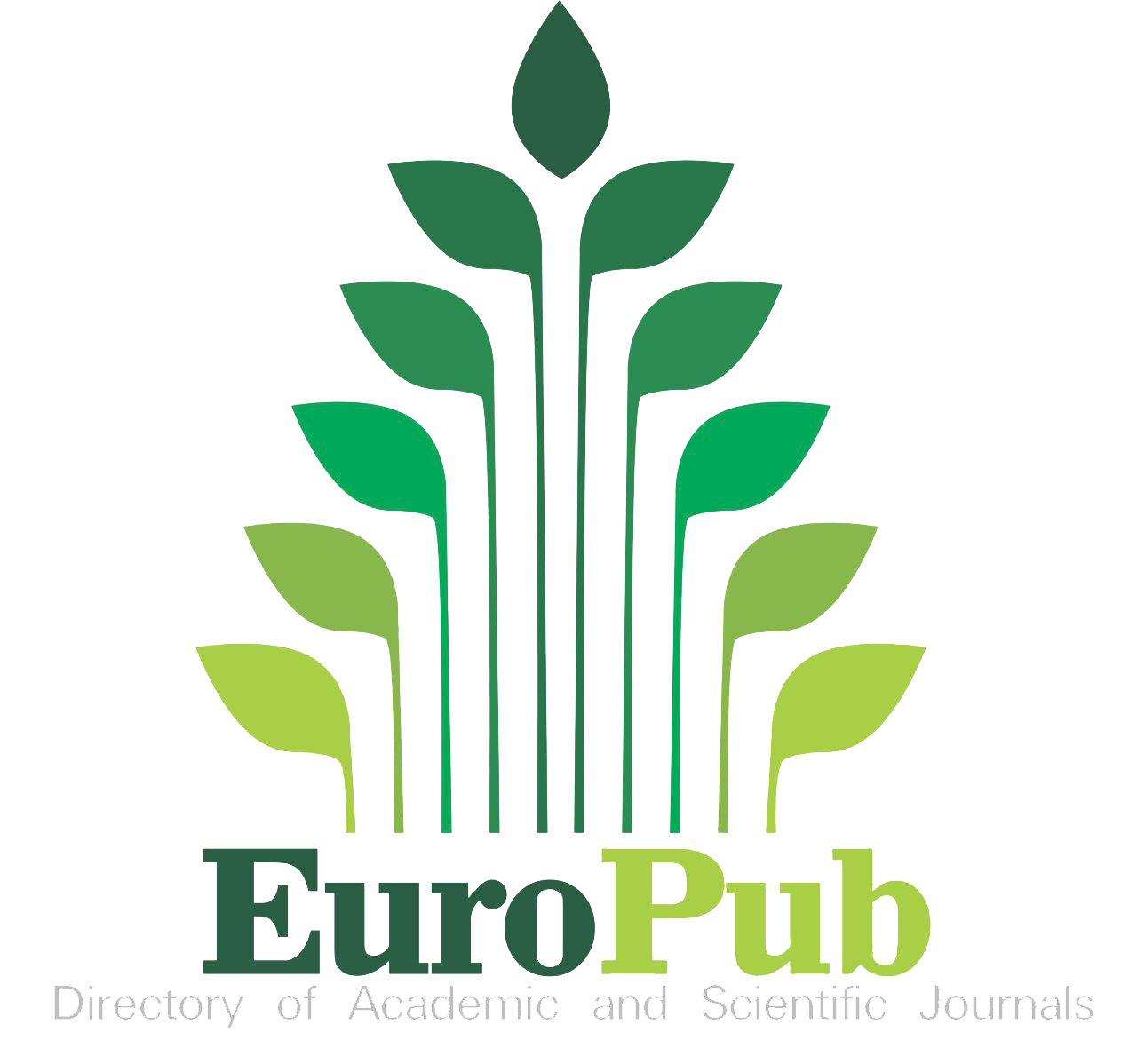Blending Insights, Wadding the Nutritional and Physiochemical Gaps of High Omega-3 Peony Oil and High Omega-6 Safflower Oil
DOI:
https://doi.org/10.54536/ajfst.v3i2.2878Keywords:
Peony Seed Oil, Safflower Seed Oil, GC-MS, Fatty Acids Composition, Oil BlendingAbstract
Oil blending is known as a sustainable solution in development of vegetable oils with reliable storage stabilities and optimum fatty acids compositions. This novel study was done to spot the most effective oil blends in terms of the nutritional and the physiochemical properties between high omega-3 peony seed oil (PSO) and high omega-6 safflower seed oil (SSO) blended at different ratios of 5:95, 15:85, 50:50 and 70:30. All the blended samples showed improvement in their physiochemical properties means they can be kept at low temperature (below 5°C) without crystallization. Crude oils were extracted by standard Soxhlet extraction method using N-hexane as the solvent and purified through centrifuge method. Identification and quantitative measurement of oil blends for fatty acids were carried out by gas chromatography coupled with mass spectrometry (GC-MS). Results show that all the samples had significantly improved their polyunsaturated fatty acid profiles especially AB-70:30 (peony oil: Safflower oil) with n-6 (49.16%), n-9 (2.33%) and n-3 (39.03%) respectively which not only promote health but also lead to many useful changes in the physiochemical properties. This blended oil also shown noteworthy highest iodine value of 127.24 g I2/100g, significantly lower peroxide of 6.07 meqO2/kg and lowest free fatty acid of 0.122% compared to the other blended samples. Therefore, it is recommended for the daily use, deep frying and it can be kept in storage over a long period of time.
Downloads
References
Abdulkarim, S. M., Myat, M. W., Ghazali, H. M., Roselina, K., & Abbas, K. A. (2010). Sensory and Physicochemical Qualities of Palm Olein and Sesame Seed Oil Blends during Frying of Banana Chips. Journal of Agricultural Science, 2(4). https://doi.org/10.5539/jas.v2n4p18
Ali, U., Hafeez, F., Khan, A., & Farooq, S. (2024). Unveiling the Shifting Dietary Landscape: Plant-Based Foods Amidst the COVID-19 Era. Asian Food Science Journal, 23(6), 1–12. https://doi.org/10.9734/afsj/2024/v23i6716
Ali, U., & Li, M. (2021). Significance of PUFA and blending impact on physiochemical and nutritional properties of edible oil: A review. Journal Advances of Nutrition Science and Technology, 1(3), 125. https://doi.org/10.15228/ANST.2021.v01.i03.p04
AOCS. (1993). Official Methods and Recommended Practices of the American Oil Chemists’ Society Champaign.
Arslan, B. (2007). The Determination of Oil Content and Fatty Acid Compositions of Domestic and Exotic Safflower (Carthamus tinctorius L.) Genotypes and Their Interactions. Journal of Agronomy, 6(3), 415–420. https://doi.org/10.3923/ja.2007.415.420
De Leonardis, A., & Macciola, V. (2012). Heat-oxidation stability of palm oil blended with extra virgin olive oil. Food Chemistry, 135(3), 1769–1776. https://doi.org/10.1016/j.foodchem.2012.06.046
Freeman, I. P. (2000). Margarines and Shortenings. In Ullmann’s Encyclopedia of Industrial Chemistry. Wiley. https://doi.org/10.1002/14356007.a16_145
Gribbestad, I. S., Aursand, M., & Martinez, I. (2005). High-resolution 1H magnetic resonance spectroscopy of whole fish, fillets and extracts of farmed Atlantic salmon (Salmo salar) for quality assessment and compositional analyses. Aquaculture, 250(1–2), 445–457. https://doi.org/10.1016/j.aquaculture.2005.02.031
Hadaruga, D. I., Hadaruga, N. G., Hermenean, A., Rivis, A., Paslaru, V., & Codina, G. (2008). Bionanomaterials: Thermal Stability of the Oleic Acid / alpha- and beta-cyclodextrin Complexes. Revista de Chimie, 59(9). https://doi.org/10.37358/RC.08.9.1955
Harris, W. S. (2018). The Omega-6:Omega-3 ratio: A critical appraisal and possible successor. Prostaglandins, Leukotrienes and Essential Fatty Acids, 132, 34–40. https://doi.org/10.1016/j.plefa.2018.03.003
HE, Z., & XIA, W. (2007). Nutritional composition of the kernels from Canarium album L. Food Chemistry, 102(3), 808–811. https://doi.org/10.1016/j.foodchem.2006.06.017
Kamińska, W., Cichocki, W., Baranowska, H. M., Walkowiak, K., Kmiecik, D., & Kowalczewski, P. Ł. (2023). Characteristics of Langmuir monomolecular monolayers formed by the novel oil blends. Open Chemistry, 21(1). https://doi.org/10.1515/chem-2023-0173
Marina, A. M., Che man, Y. B., Nazimah, S. A. H., & Amin, I. (2009). Antioxidant capacity and phenolic acids of virgin coconut oil. International Journal of Food Sciences and Nutrition, 60(sup2), 114–123. https://doi.org/10.1080/09637480802549127
McClements, D. J. (2007). Critical review of techniques and methodologies for characterization of emulsion stability. Critical Reviews in Food Science and Nutrition, 47(7), 611–649. https://doi.org/10.1080/10408390701289292
Moser, B. R. (2011). Influence of extended storage on fuel properties of methyl esters prepared from canola, palm, soybean and sunflower oils. Renewable Energy, 36(4), 1221–1226. https://doi.org/10.1016/j.renene.2010.10.009
N. C., O., T., A., & S. O., K. (2024). Identification of Bioactive Compounds in Chrysobalanus icaco Seed Kernel Using Gas Chromatography-Mass Spectrometry. American Journal of Food Science and Technology, 3(1), 13–18. https://doi.org/10.54536/ajfst.v3i1.2365
Rabail, R., Shabbir, M. A., Sahar, A., Miecznikowski, A., Kieliszek, M., & Aadil, R. M. (2021). An Intricate Review on Nutritional and Analytical Profiling of Coconut, Flaxseed, Olive, and Sunflower Oil Blends. Molecules, 26(23), 7187. https://doi.org/10.3390/molecules26237187
Ramsden, C. E., Zamora, D., Leelarthaepin, B., Majchrzak-Hong, S. F., Faurot, K. R., Suchindran, C. M., Ringel, A., Davis, J. M., & Hibbeln, J. R. (2013). Use of dietary linoleic acid for secondary prevention of coronary heart disease and death: evaluation of recovered data from the Sydney Diet Heart Study and updated meta-analysis. BMJ, 346(feb04 3), e8707–e8707. https://doi.org/10.1136/bmj.e8707
Rubio-Rodríguez, N., Beltrán, S., Jaime, I., de Diego, S. M., Sanz, M. T., & Carballido, J. R. (2010). Production of omega-3 polyunsaturated fatty acid concentrates: A review. Innovative Food Science & Emerging Technologies, 11(1), 1–12. https://doi.org/10.1016/j.ifset.2009.10.006
Sarin, A., Arora, R., Singh, N. P., Sarin, R., & Malhotra, R. K. (2010). Blends of biodiesels synthesized from non-edible and edible oils: Influence on the OS (oxidation stability). Energy, 35(8), 3449–3453. https://doi.org/10.1016/j.energy.2010.04.039
Siddique, B. M. , A. A. , I. M. H. , H. S. , R. M. and M. O. A. K. (2010). Physicochemical properties of blends of palm olein with other vegetable oils. Journal of Grasas Y Aceites , 61(4), 423–429.
Simopoulos, A. P. (2004). Omega-6/Omega-3 Essential Fatty Acid Ratio and Chronic Diseases. Food Reviews International, 20(1), 77–90. https://doi.org/10.1081/FRI-120028831
Su, J., Ma, C., Liu, C., Gao, C., Nie, R., & Wang, H. (2016). Hypolipidemic activity of peony seed oil rich in α‐linolenic, is mediated through inhibition of lipogenesis and upregulation of fatty acid β‐oxidation. Journal of Food Science, 81(4), H1001-H1009.
WHO. Interim summary of conclusions & dietary recommendations on total fat & fatty acids. (2008). The joint FAO/WHO expert consultation on fats & fatty acids in human nutrition. Annals of Nutrition and Metabolism.
Downloads
Published
Issue
Section
License
Copyright (c) 2024 Usman Ali, Ameer Khan, Muhammad Shahzad, Shahzad Farooq, Farhan Ullah

This work is licensed under a Creative Commons Attribution 4.0 International License.







